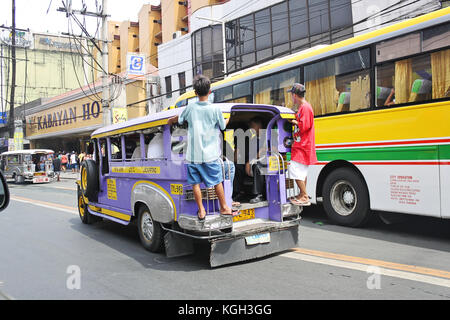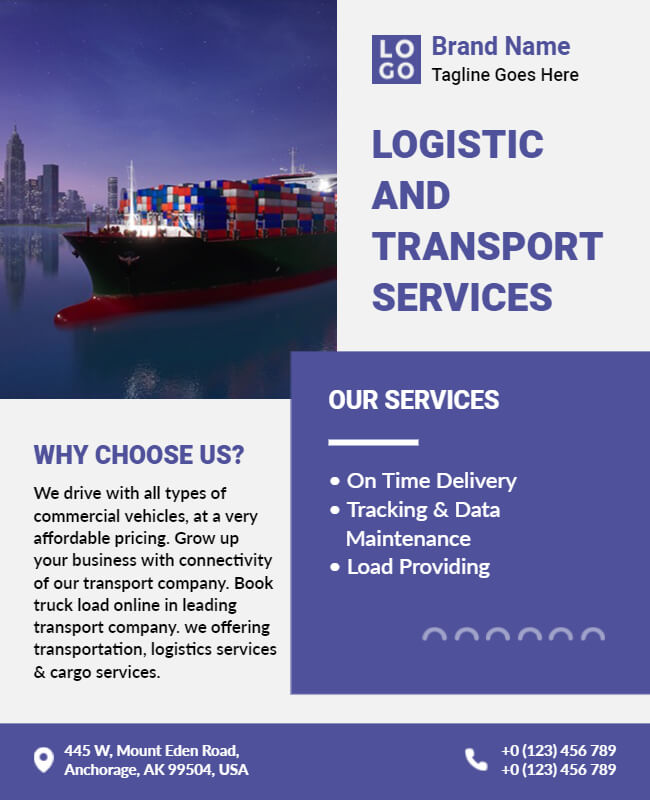Transit Advertising Philippines: An Ingenious Way to Promote
Transit Advertising Philippines: An Ingenious Way to Promote
Blog Article
Just How Transportation Marketing Can Change Public Transportation Spaces Into Dynamic Advertising And Marketing Platforms
Transportation advertising holds substantial potential to redefine public transport rooms into vivid advertising systems that involve and inform. By utilizing ingenious styles such as digital screens and interactive stands, brand names can not just reach a diverse target market but likewise boost the overall commuter experience. This technique develops an unique chance for brand names to attach with consumers in a setting that is usually neglected. As we check out the diverse advantages and evolving strategies of transit marketing, it elevates the concern of exactly how this improvement can redefine our communications with both brand names and the city setting.
Benefits of Transit Advertising And Marketing

In addition, transit advertising is very affordable contrasted to standard media. It allows marketers to achieve high impacts at reduced costs, making the most of roi. The captive target market of commuters gives a chance for brand names to convey their messages to people that are often receptive throughout their traveling times.
In addition, the vibrant nature of transit advertising and marketing permits projects to be updated frequently, making certain that messaging continues to be appropriate and prompt. This flexibility can be essential in reacting to market patterns or promotional occasions, maintaining the brand name top-of-mind for consumers. Last but not least, the prevalent existence of transit marketing adds to brand recall; duplicated exposure within acquainted travel contexts strengthens brand name recognition and fosters customer commitment, ultimately boosting and driving sales brand name credibility.
Kinds of Transportation Marketing
Mass transit systems provide different styles for advertising and marketing, each dealing with various marketing strategies and audience engagement techniques. One famous type is outside bus and train wraps, which cover the entire automobile and produce a mobile signboard impact, permitting high exposure in metropolitan settings. These covers can capture attention as they traverse busy roads, getting to a varied target market.
Another preferred style is indoor marketing, which includes posters, electronic displays, and ads on transit seats. These positionings involve travelers during their trip, enhancing brand messaging in a constrained room. Digital shows, in particular, supply the benefit of dynamic content, making it possible for advertisers to update messages in real-time.
Terminal marketing is also substantial, featuring posters, banners, and interactive booths within transit terminals. These ads leverage foot traffic and can target details demographics based on place.
Lastly, advertising collaborations with transportation authorities can bring about unique projects, such as themed transit experiences or events, boosting the overall involvement with commuters. Each kind of transportation advertising offers unique advantages, allowing brands to tailor their strategy to successfully reach their target market within the general public transportation environment.
Engaging Commuters Properly
Commuters are progressively flooded with advertising messages during their daily trips, making it necessary for brands to engage them in cutting-edge ways. To catch focus in this crowded area, marketers have to focus on imagination and importance. Utilizing appealing visuals and succinct messaging can significantly improve the chance of engagement.
Interactive elements, such as QR codes or enhanced truth attributes, can additionally transform static ads right into immersive experiences, cultivating a much deeper connection with the audience. Brands ought to concentrate on resolving travelers' rate of interests and requirements, customizing messages to reverberate with their way of life, whether via promos for neighborhood organizations or solutions designed to improve their commuting experience.
Additionally, timing plays a vital duty; tactically putting ads during top commuting hours can maximize visibility and effect. Involving travelers effectively also involves leveraging social media sites assimilation, permitting guests to share their promotions or experiences directly from transportation platforms, thus intensifying brand reach.
Basically, efficient interaction depends upon recognizing the commuter journey and creating engaging, interactive, and appropriate advertising and marketing experiences that not just capture attention yet additionally drive activity and commitment. By doing so, brand names can transform mass transit right into a dynamic advertising system that reverberates with its audience.

Measuring Advertising And Marketing Effect
Exactly how can brands accurately examine the efficiency of their marketing campaign en route settings? Determining the impact of transportation marketing requires a diverse approach that incorporates qualitative and measurable metrics. One common method is tracking interaction through mobile analytics, where brand names can evaluate foot website traffic patterns and app communications previously, throughout, and after campaigns.
Studies can offer beneficial insights right into brand recall and consumer view, enabling brand names to evaluate just how well their messages resonate with travelers. Furthermore, keeping an eye on social media interaction relevant to specific projects can disclose shifts in public understanding and brand conversation.

Additionally, working together with transportation firms can enhance measurement accuracy, as they commonly have detailed group data on ridership trends. By integrating these methods, brand names can establish a thorough understanding of their advertising and marketing effectiveness, guaranteeing that their campaigns not only reach however likewise affect their target audiences efficiently.
Future Patterns en route Marketing
A considerable shift is expected en route advertising as technological advancements and changing consumer actions improve the landscape. Transit Advertising Philippines. The assimilation of electronic displays and multimedias is expected to enhance engagement, permitting brand names to provide dynamic content that Continued reverberates with varied audiences. As mass transit systems accept clever modern technology, marketers will leverage real-time information analytics to tailor messages based on guest demographics and habits
Furthermore, augmented fact (AR) is positioned to transform the way travelers engage with advertisements. Learn More By providing immersive experiences, AR can change a mundane trip into an engaging story that captures focus and promotes brand commitment. This development will likely urge marketers to produce more experiential projects that drive consumer communication.
Sustainability is another essential pattern influencing transportation advertising. As ecological consciousness expands, brands will progressively look for to straighten with green methods, making use of sustainable products and promoting eco-friendly initiatives within their campaigns.
Verdict
In final thought, transportation marketing supplies significant benefits by improving brand exposure and involving a captive audience. With numerous formats, such as outside covers and digital screens, it changes public transport into a dynamic advertising and marketing platform. Efficient involvement strategies and robust dimension strategies further magnify its influence. As trends develop, the capacity for cutting-edge communications between commuters and brand names is positioned to expand, ensuring that transit marketing stays an essential component of modern marketing techniques.
Transportation advertising and marketing holds significant capacity to redefine public transportation rooms right into vibrant advertising systems that educate and involve. The pervasive presence of transportation marketing contributes to brand recall; duplicated exposure within acquainted travel contexts reinforces brand name recognition and promotes consumer commitment, inevitably boosting and driving sales brand credibility.
How can brand names precisely evaluate the effectiveness of their advertising and marketing projects in transit settings?In verdict, transit advertising and marketing provides substantial advantages by enhancing brand name visibility and involving a captive target market. Transit Advertising Philippines. As patterns evolve, the capacity for innovative communications between travelers and brands is poised to expand, making sure that transit marketing remains next page an essential component of contemporary marketing methods
Report this page